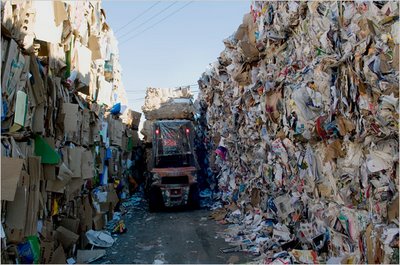So here I thought I could dash off a quickie blog (you readers really are insatiable you know!) about historic preservation, vs. sustainability, vs. energy efficiency and move on.
Sigh.
Instead, it turns out to be as frustratingly complicated as nuclear physics, or code enforcement as the case may be.
So instead, genetically incapable of over-simplifying, I suspect I am going to have to devote several blogs to the subject.
Don’t hate me because I’m compulsive (and let me know if I’m boring you.)
The way I look at it, this is all Tom Hylton’s fault.
Most Pottstown readers know the name and it was after interviewing Tom several times on a variety of subjects over the years that I came to understand, piece by piece, the philosophy behind his landmark book, “Save Our Land, Save Our Towns.”
Then I went and read it and, imagine, my understanding improved!
If you are unfamiliar, it’s easy enough to find on the Web – saveourlandsaveourtowns.org – and there you will find the basics.
Having grown up in a little village in New York, where the post office, deli, library, grade school and pizzeria were all less then a block away and required no gasoline to reach, I have watched with dismay our open spaces being consumed by redundant shopping malls and “McMansions.”
What I didn’t realize, when it came time for my wife and I to buy a house ourselves, was how much I had been programmed by advertising and the choices of my peers to want one myself.
Then I met Tom, who helped me see what I’m ashamed to admit I should already have known: That towns and country are the two natural states for human communities that have evolved over the centuries and the thing that tries to be both -- suburbs – are really just an aberration invented after World War II by former soldiers who had been trained to believe that everything can be compartmentalized.
But you don’t just buy a house with your head, and the urge to look at new construction was much stronger than I had anticipated.
Luckily, there’s plenty of blame to spread around here in Pottstown. I also happily blame Sue Krause.
Tom got my head, but Susie got my heart.
The house in that New York village having been an old one (built before the Civil War), I was pre-destined to appreciate older homes – particularly the craftsmanship I am (also genetically) incapable of re-producing myself.
One trip on the Historic Pottstown by Candlelight tour, or whatever it is Susie's organization, the Historic Neighborhood Association, calls their most excellent Christmas-time tradition, and my wife and I realized how much we would love to own a beautiful historic home – and that in Pottstown, we could actually afford it.
We were hooked.
Which brings us (the long way) back to the subject at hand.
How green are old buildings?
I’ve already blogged (I can’t believe that’s a verb now) about air conditioning and we’ll return to it when it gets hot again and on our minds. (Thanks to my three responders)
We’ll also get to things like replacement windows and heating systems at some point. (This whole blogging thing is not well-planned out people so cut me some slack. I have a real job you know!)
But I was taken recently, through a link in a Seattle Post-Intelligencer story, to an interesting point raised by someone named Knute Berger.
In an article -- http://crosscut.com/mossback/14832/Unsustainable+Seattle/f -- he wrote the following when writing about replacing old buildings with “green” buildings.
“But rarely do they factor in what is called ‘embodied energy,’ which is the energy used to build something in the first place. A building is the physical manifestation of all the carbon used to create it in the first place. Tear it down, you not only have a solid waste problem with all the debris (about 30 percent of waste comes from construction and demolition debris), but you waste all that embodied energy.”
He, in turn, quotes an expert named Donovan Rypkema, who gave a speech in Seattle which included the following: “Razing historic buildings results in a triple hit on scarce resources. First, we’re throwing away thousands of dollars of embodied energy. Second, we’re replacing it with materials vastly more consumptive of energy. What are most historic houses built from? Brick, plaster, concrete and timber. (Certainly true of my house here in Pottstown). What are among the least energy consumptive materials? Brick, plaster, concrete and timber. What are major components of new buildings? Plastic, steel, vinyl and aluminum. What are among the most energy consumptive of materials? Plastic, steel, vinyl and aluminum. Third, recurring embodied energy savings increase dramatically as a building stretches over 50 years. You’re a fool or a fraud if you say you are an environmentally conscious builder and yet are throwing away historic buildings, and their components.”
Adds Berger: “When you calculate embodied energy and building longevity, Rypkema says, it makes sense to save a less energy-efficient building that lasts 100 years, than a 24 percent more-energy-efficient building that will last only 40 years. And much new construction, as you may have noticed, is not built to last.”
Now THAT, is a truly interesting perspective, at least from my perspective; that fixing up old buildings is actually recycling of the highest order.
What do you think?
I’d like to continue this conversation.
Labels: Berger, embedded energy, green buildings, historic preservation, Hylton, Krause, recycling, Rypkema
 RSS
RSS


